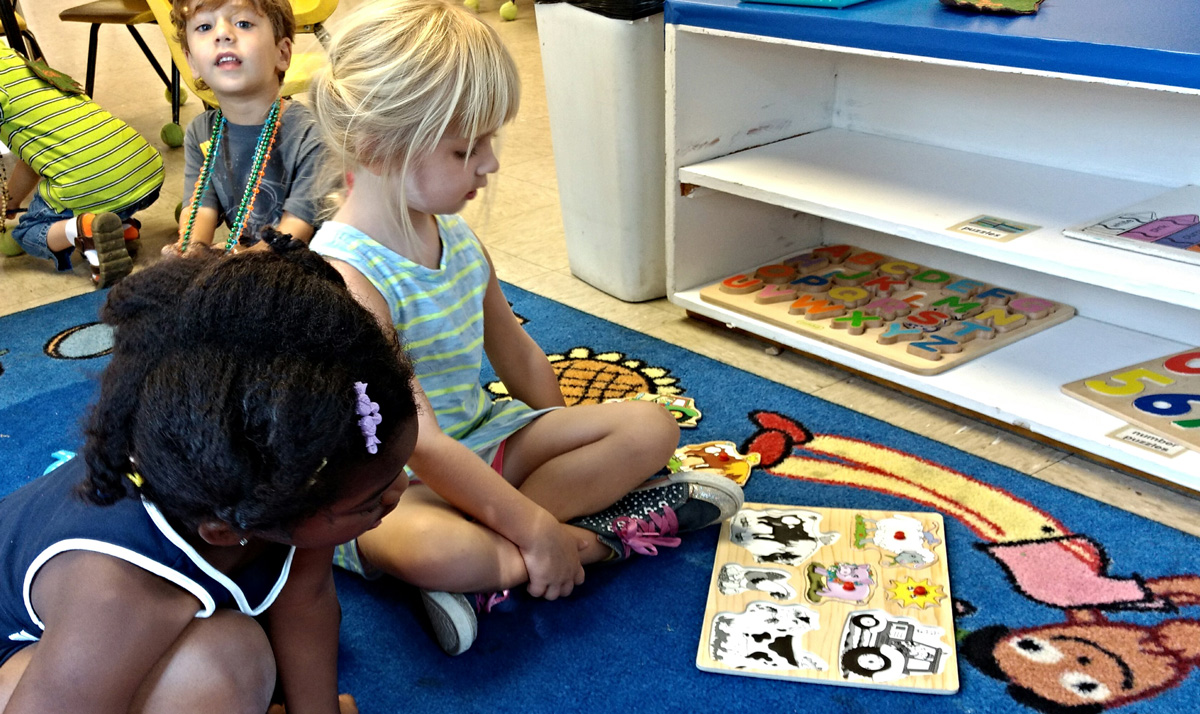California State University, Northridge has a long history of providing services to people with disabilities and championing accessibility for its students. In 1983, the university created
the Center on Disabilities (COD). It now hosts “the longest-running and largest annual university-sponsored conference on technology and people with disabilities," according to its website. “This annual conference serves as a major training venue for professionals around the world involved in the fields of disability and technology."
CSUN aims to provide equity education while also training future generations who will help solve issues faced by people with disabilities.
ASSISTIVE TECHNOLOGY
One of the fastest-growing fields currently is in assistive technology (AT), which produces adaptive equipment for people with disabilities and the elderly. Some projections forecast the market will hit $31 billion by 2024 and see an annual job growth of 7.4 percent.
In response, CSUN offers students two master's degree programs in AT: one focused on developing devices/software (ATE), and one focused on human-services aspects (ATHS). “Applying technology to help people with disabilities is kind of a culture at CSUN," says Computer Science Professor Li Liu, Ph.D.
What is most exceptional about CSUN's two AT graduate-degree programs is they are the only ones of their kind to have been developed and designed together in order to provide students with opportunities to interact with and learn from their counterparts in the other program. As a result, students in the technology-focused program graduate with a fuller understanding of human services and vice-versa.
Starting in spring 2021, the ATE program will be available completely online. Cohorts will be trained in product design and development, robotic applications, software development, augmentative and alternative communications, and project management.
Dr. Liu's project will allow those with upper-mobility challenges to navigate smartphones and tablets using their tongues.
Pushing the boundaries of Accessibility
CSUN isn't just training the next generation of assistive technology professionals. In the College of Engineering and Computer Science, a number of faculty are researching aspects of AT with collaborators across campus.
Dr. Liu oversaw a project with a few students that will allow those with upper-mobility challenges to navigate smartphones and tablets using their tongues, without contact. “Suffering from the limitation of movement, people are not able to use computers and other devices designed for hand use," he explains. “Five years ago, I developed a tongue user interface for a desktop computer. I wanted to see how this technology can be integrated to mobile because it's the dominating device now, and we want to make smartphones and services more accessible to people with disabilities."
The interface works similarly to voice controls in that it connects users to a tongue recognition algorithm, allowing them to move the cursor or type texts and emails.
“I would love to see this get to the point where it is available to anyone who could use it," Dr. Liu recently told CSUN Today, the campus's online newsroom.

CHIME's innovative approach places children of all developmental levels in class together.
LEARNING SIDE BY SIDE
Nationally, only around 17 percent of students with intellectual disabilities spend most of their day in a general education class. This is despite a robust body of research demonstrating that these students do best when educated alongside typical peers.
“Students with disabilities who spend all or most of their time in general education classes are more likely to graduate high school, to pursue postsecondary education and to be employed as an adult," says Amy Hanreddy, Ph.D., associate professor of special education at CSUN. “Over 30 years of research has established that inclusive educational practices benefit students with and without disabilities across academic, social and emotional domains, and that teachers and families benefit as well."
To address this issue,
Community Honoring Inclusive Model Education (CHIME) was funded by the U.S. Department of Education and housed at the Associated Students/Children's Center at CSUN from October 1987 through September 1990. The CHIME Institute was established as a private nonprofit corporation in August 1990 to continue the work of the grant project using local funds.
CHIME's model of education is designed so all children learn side by side, whether they have developed typically, have special needs or are gifted. “Inclusive education is the lofty goal of creating classroom and school places where students are not just welcomed but also experience full membership and accessibility," says Dr. Hanreddy, who worked as a paraprofessional at CHIME while earning her teaching credential at CSUN and now serves as the CSUN/CHIME liaison.
“When done well, it is a social justice lens through which teaching and learning can be examined to determine whether barriers to membership and/or learning exist and, if so, how these barriers can be addressed to create a more accessible, welcoming and just space. We put those students right at the center of the planning process—not as an afterthought."
But students and parents aren't the only ones who benefit from CHIME. All the CHIME programs serve as teacher-training sites, but they also partner with programs outside the College of Education, allowing students and faculty from sociology, engineering and kinesiology to work on projects with the sites. The Infant and Toddler Center-Based Program and the Preschool Inclusion Program are housed at the CSUN Child and Family Studies Center.
“Most of the teachers who are trained at CHIME will not ultimately teach there," Hanreddy says. “When graduates of our credential programs complete their student teaching or field experiences at CHIME, they are more prepared to collaborate and differentiate instruction for a wide range of students, because they have seen it done well—they know what it looks and feels like."